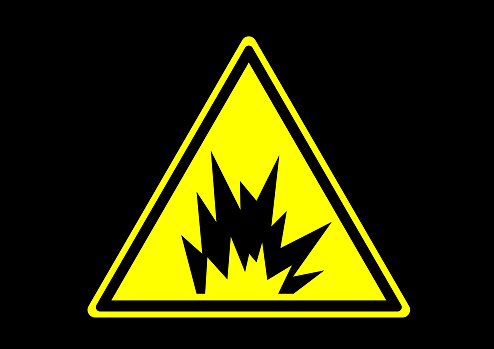Pyrophoric Substances

Pyrophoric chemicals ignite spontaneously in air without a supplied spark, flame, heat or other ignition source. There are only a few chemicals that have the ability to catch fire without an ignition source when exposed to air. Examples of potential pyrophoric chemicals include alkali metals in elemental form (e.g., lithium, powdered aluminum, magnesium), organometallic compounds (such as lithium hydride, diethyl zinc), or gases (such as diborane, phosphine, and silane). Tests should be performed on the substance or mixture as presented, including how it can reasonably be expected to be used.
Definition
A pyrophoric liquid is a liquid which, even in small quantities, is liable to ignite within five minutes after coming in contact with air.
